I’m going to walk you through the diverse tapestry of Budapest’s architecture, a testament to the city’s rich past. Budapest isn’t just a hub for Hungarian culture; it’s also a repository of architectural marvels spanning various styles and epochs. The city’s skyline is a layered narrative, each building a chronicle of the city’s evolution.
As we explore the streets, we’ll encounter Gothic spires reaching towards the sky, neo-Renaissance palaces fit for royalty, and the undulating forms of Art Nouveau. Through these styles, you’re going to find out about the myriad influences that shaped Budapest: from the grandeur of the Austro-Hungarian Empire to the creativity unleashed during the turn of the 20th century.
This rich blend of architecture is not just crucial for understanding Budapest’s visual appeal; it also provides context on how Hungarians have seen themselves and their society over centuries. Each structure and style choice reflects the country’s shifting tastes, aspirations, and fortunes. So, as we delve into these architectural styles, we’re not just appreciating aesthetics—we’re witnessing the living history of Budapest.
Now, I’m here to guide you through this labyrinth of styles as we move towards the royal quarters. The iconic Buda Castle doesn’t stand alone; it’s part of a cluster of landmark buildings each telling part of Hungary’s story. Together, they form a historical core just waiting to be discovered in the next section of our journey.
The Royal Heart of Budapest: Buda Castle and its Companions
Towering over the Danube, the Buda Castle is not just a majestic silhouette against the Budapest sky; it’s a massive canvas depicting Hungary’s history. Originally built in the 13th century, the castle has been home to kings, a fortress, and even a palace. Today, it stands as a testament to resilience, having been rebuilt several times, each layer adding to its storied past.
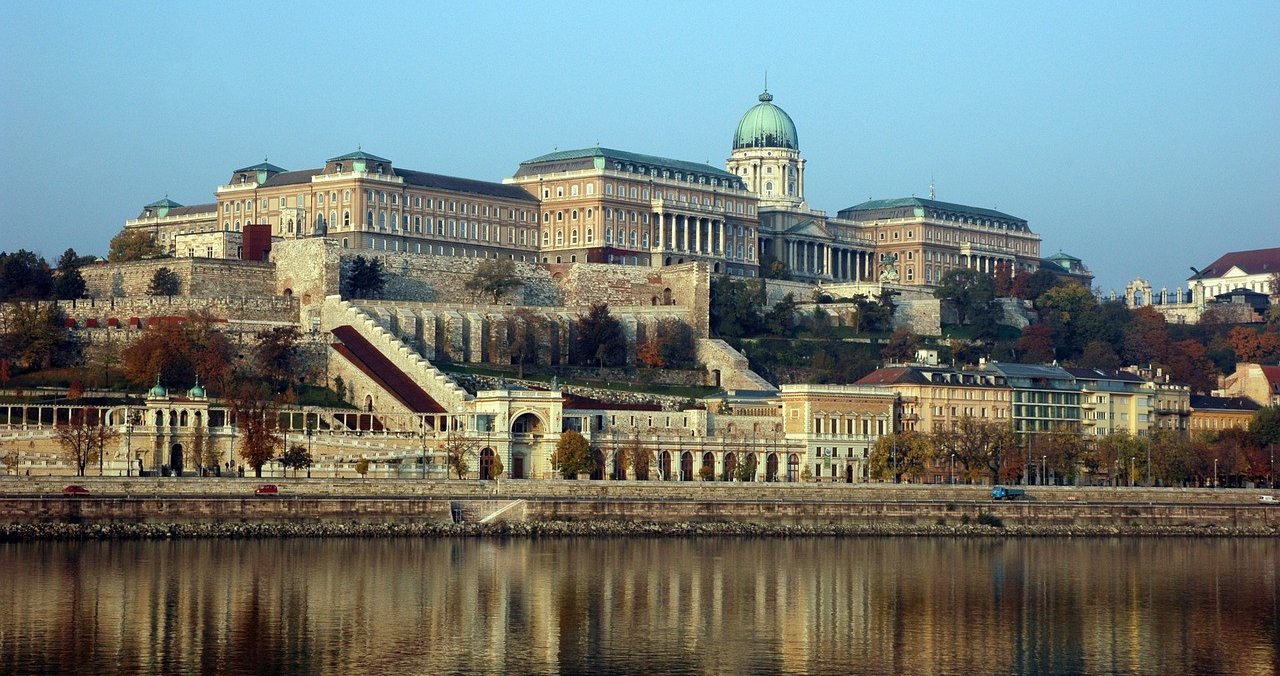
Adjacent to the castle, the Fishermen’s Bastion isn’t just another stop on your itinerary; it’s a visual storytelling experience. With its turrets and walkways, it looks like it leaped straight off the pages of a storybook, and there’s a reason for that feeling. Designed in the late 19th century as a viewing terrace, it celebrates the fishermen who once protected this stretch of the city walls. From this vantage point, you can gaze out at the sprawling city, stitching together the history you’ve learned with the modern hustle below.
Let’s not forget the Gellert Hill and the Citadella, quietly standing guard over Budapest. The hill itself is celebrated for its natural beauty and hot springs, which have been harnessed to provide relaxing thermal baths. Atop, the Citadella serves as a stark reminder of the various battles for control of the city. It’s now a symbol of freedom, providing one of the finest panoramic views Budapest has to offer, letting you soak in the city’s dynamic spirit and serenity in one sweep.
Bridges and Basilicas: Connecting the Past to the Present
I’m going to show you how Budapest’s landmarks aren’t just stunning pieces of architecture; they’re vital connectors of the city’s rich historical tapestry. Among them, the Chain Bridge and St. Stephen’s Basilica stand out not only for their architectural beauty but also for their significance in connecting the past with the present.
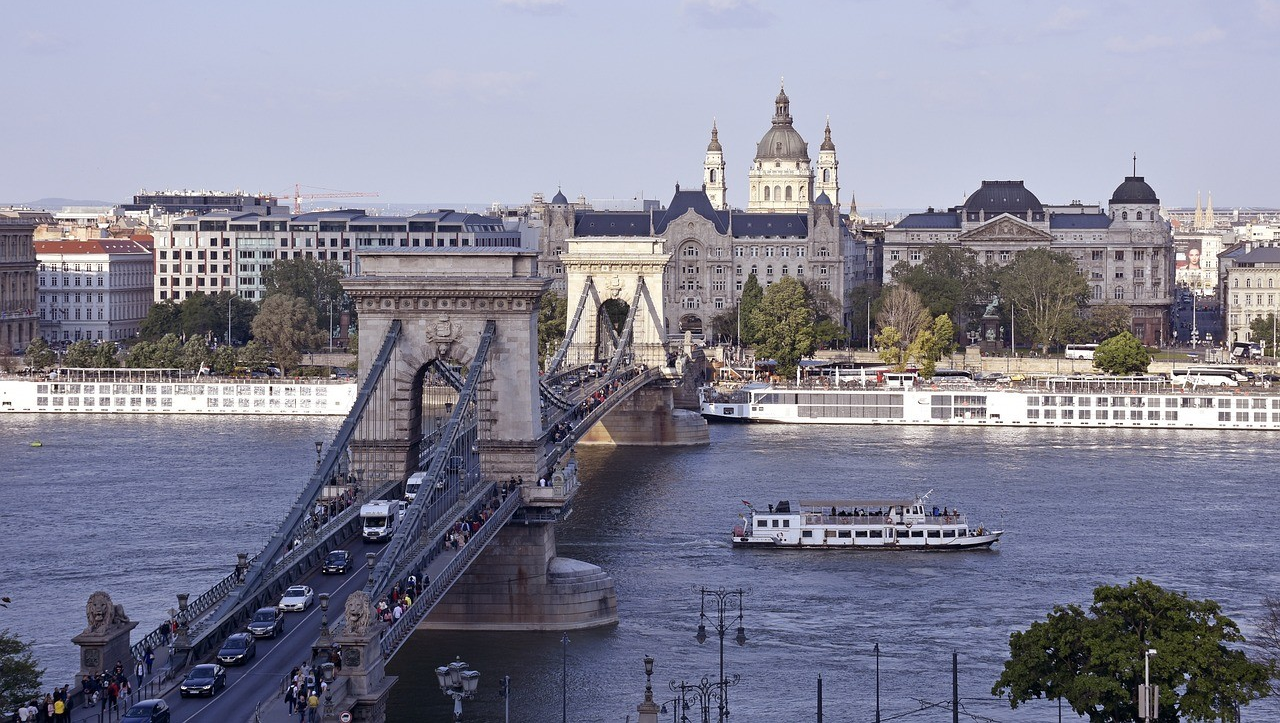
This isn’t just about crossing the Danube; it’s about bridging two sides of a city with deep history. The Chain Bridge, completed in 1849, was the first permanent bridge to span the Danube in Hungary, linking Buda and Pest. This cast-iron bridge became a symbol of advancement, unification, and national pride. It’s a must-see for an understanding of the city’s historical development and a perfect spot to take in the river’s beauty.
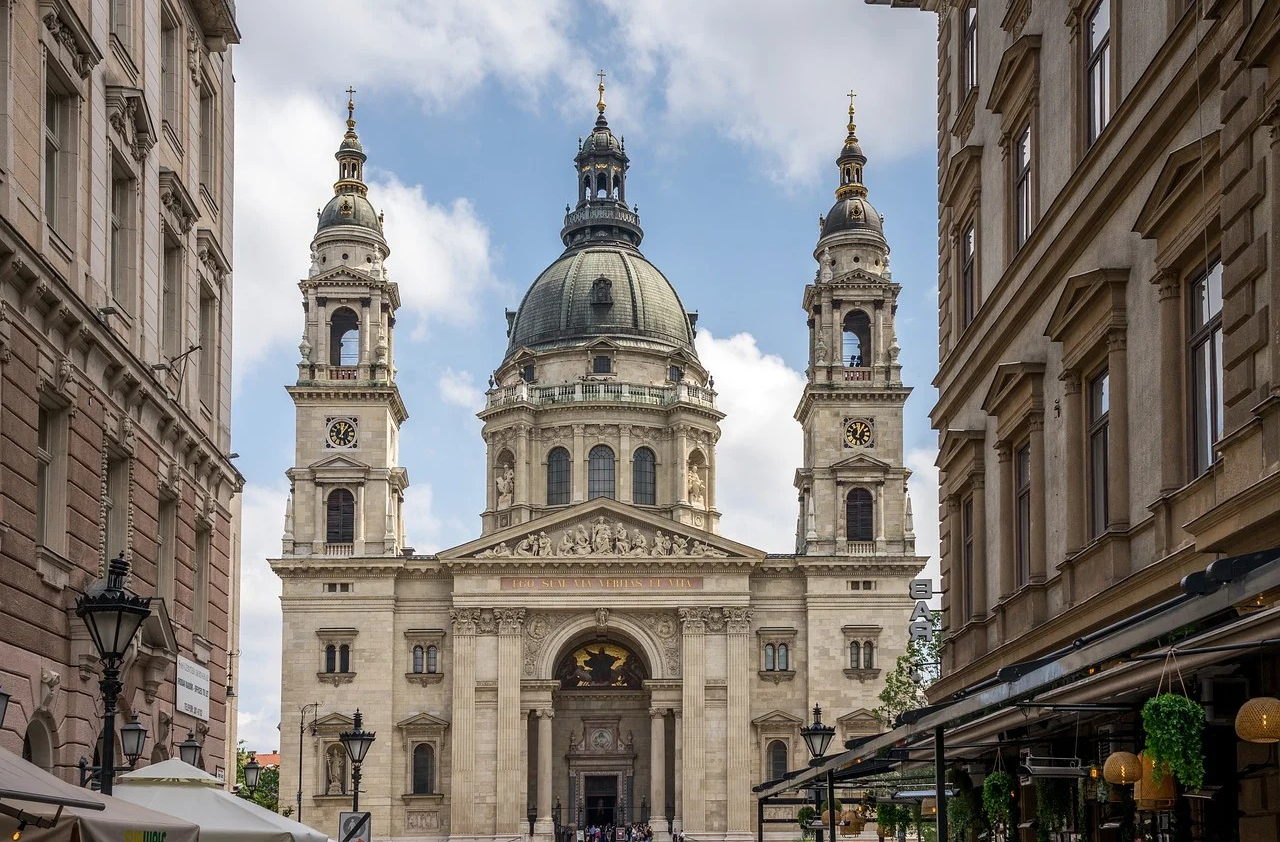
You’re going to find out about St. Stephen’s Basilica, a religious and cultural focal point in Budapest. Its neoclassical dome, visible from many parts of the city, is crowned by a panoramic viewing gallery offering arresting views of the capital. Dedicated to Hungary’s first king, St. Stephen, the basilica holds a special place in the heart of Budapest. Here, history, faith, and artistry coalesce into a beacon of national identity. With its frequent classical concerts and art exhibits, it’s a living testament to the city’s enduring cultural vitality.
Choose something that resonates with you: the silent majesty of the Chain Bridge at night or the soul-stirring acoustics of a concert in St. Stephen’s Basilica. Both landmarks, with their distinct charms and characters, offer a unique window into the essences of Budapest.
Civic Pride Embodied: The Parliament Building and Heroes’ Square
You’ve now glimpsed the grandiose tapestry of landmarks that Budapest offers, each telling its own unique story. The Parliament Building isn’t just a prodigious structure by the Danube; it’s a symbol of Hungary’s legislative legacy and a masterpiece of Gothic Revival architecture. Standing in front of its intricate facade, you’re not only seeing a building; you’re witnessing the resilience and artistry of an entire nation.
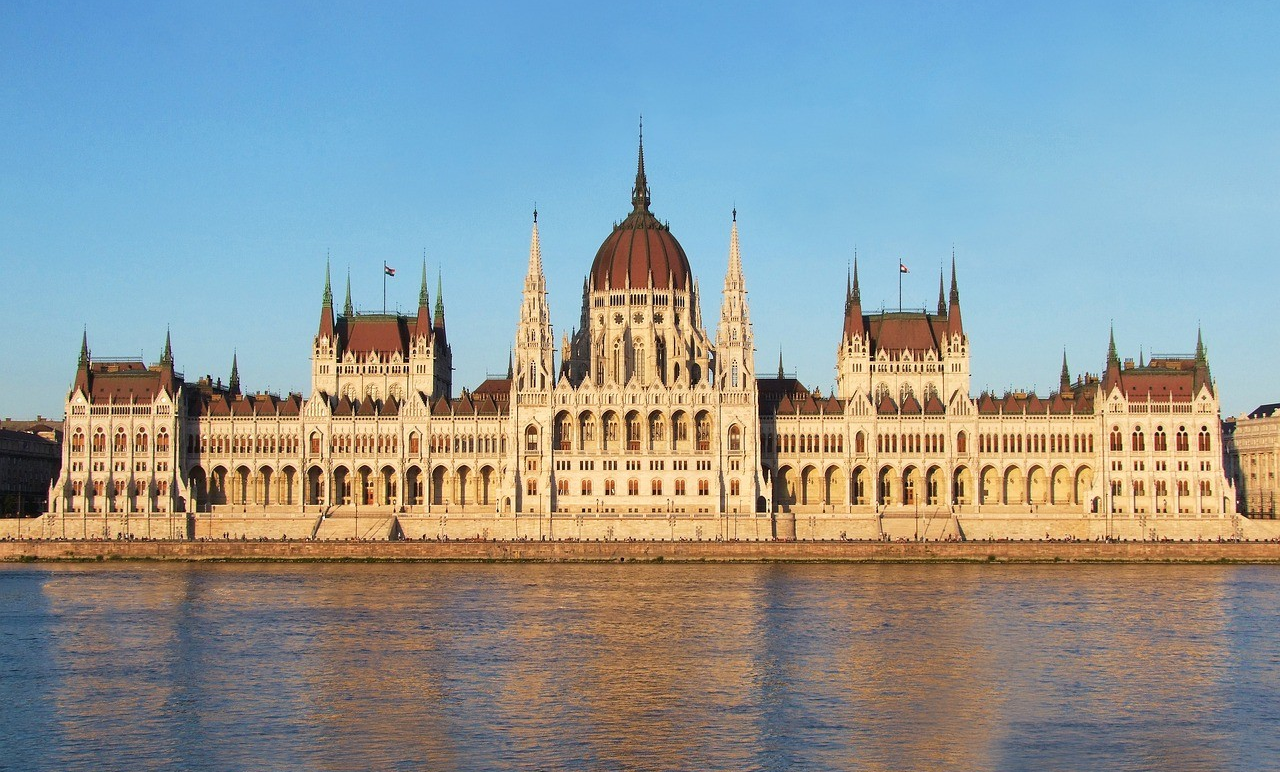
Equally compelling is Heroes’ Square, which is no mere city square. It’s an open-air pantheon, a majestic gallery under the sky that celebrates the nation’s most influential leaders and commemorates key chapters in Hungarian history. It’s where grandeur meets gratitude, and where past triumphs are remembered amidst modern bustle.
Far more than tourist spots, landmarks like the Parliament Building and Heroes’ Square knit the narrative of Budapest’s past with its present. They stand as enduring symbols of civic pride and are testaments to Hungarian culture and contributions to the world stage. When you visit these sites, you’re not just checking boxes on your travel itinerary; you’re engaging with the heartbeat of a city that prides itself on every stone, every sculpture, and every story they have to share.
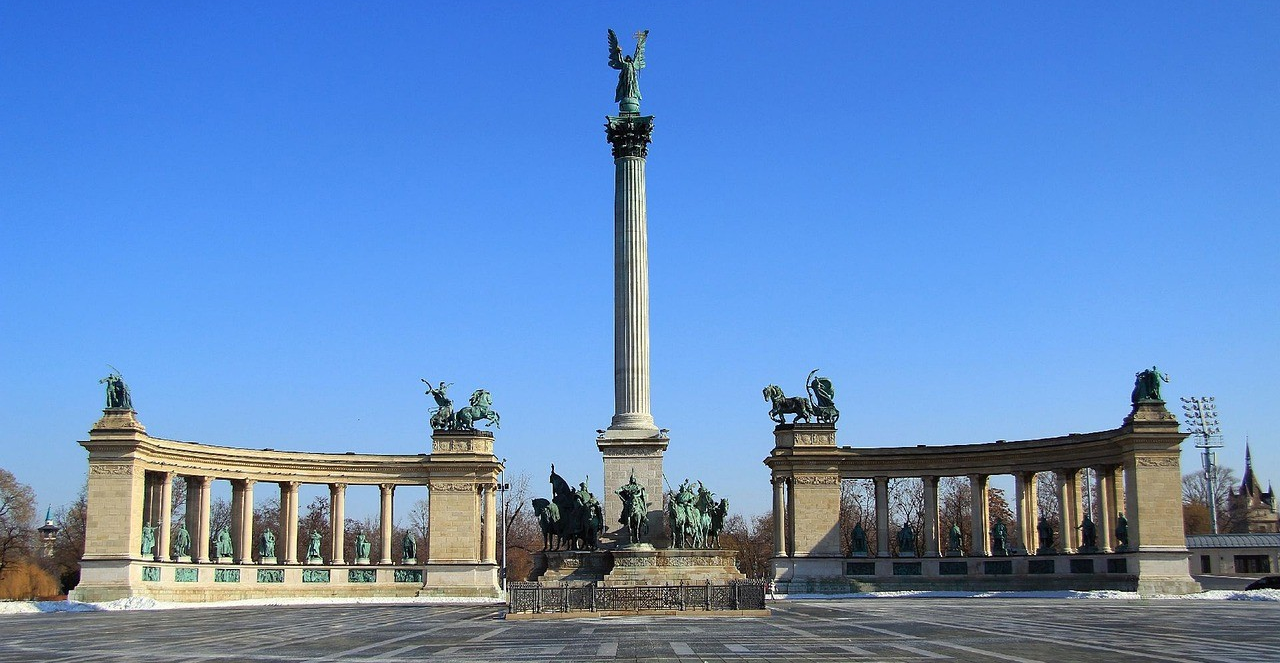
Alluring by day and enchanting by night, Budapest’s landmarks tell of creativity, courage, and continuity. So I really hope that you take the opportunity to walk these historic grounds and feel the pulse of this vibrant city. Once you do, you’ll see why so many people leave Budapest with not just photos, but with memories and stories that resonate long after they’ve departed this architecturally rich, culturally steeped, and undeniably proud Magyar capital.
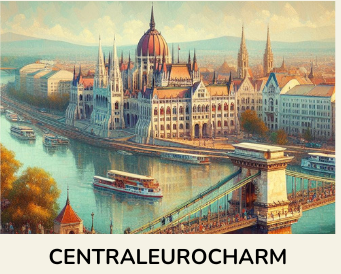
Thank you for sharing your insights and for inspiring readers to explore Budapest’s rich tapestry of architectural wonders.
Your description of Budapest’s architectural tapestry is both vivid and informative, providing a rich narrative that delves into the city’s history and cultural significance.
It’s clear that you have a deep appreciation for the city’s history and its architectural treasures.
You’re very welcome! I’m thrilled that the insights resonated with you and sparked an appreciation for Budapest’s architectural charm.
Budapest truly is a city that captures the heart with its beauty, rich history, and unique spirit. Exploring the medieval and Baroque allure of Buda, then crossing the Danube to the Neoclassical and Art Nouveau splendor of Pest, feels like stepping into a dream.
It’s inspiring to see how the city has been lovingly restored to its 19th-century grandeur, allowing its vibrant history and culture to shine for all to enjoy. Thank you for your kindly comment.
Wow, this article absolutely hooked me! The way you’ve described Budapest’s landmarks—like Buda Castle and the Chain Bridge—is just incredible. I can almost feel the city’s history through your words. The mix of Gothic, Art Nouveau, and neo-Renaissance sounds so stunning. I’m seriously tempted to pack my bags and explore every inch of this fascinating city now!
Thank you so much for your comment! 😊 I’m thrilled the article resonated with you and captured the essence of Budapest’s charm. The city truly is a blend of stunning architecture and rich history, and landmarks like Buda Castle and the Chain Bridge are just the beginning. If you do decide to visit, you’re in for an unforgettable experience—there’s something magical around every corner! Let me know if you’d like any tips for planning your trip. 😊
I always wanted to travel through Europe when I was younger, but the older I got it seemed like it was packed with tourists d doing the look around.
I ended up traveling through the East and currently live in Vietnam. however, after reading this you have reignited my passion for travel.
.Budapest was one of the destinations in Europe i have never thought about. Can you tell me if it is swamped with tourists?
And if I did go, where are some of the cheaper “hotels” to stay at night and how much would I have to pay for accommodation.
I am also a bit of a foodie and would love to know the better restaurants that serve local food.
Thanks in advance for your answer.
Steve.
Hi Steve,
Thank you for sharing your story and for the kind words! It’s inspiring to hear that your passion for travel has been reignited. Budapest is a gem that surprises many travelers, and I’m glad it’s now on your radar.
Is Budapest Overrun with Tourists?
While Budapest is undoubtedly a popular destination, especially in peak summer months, it’s not as crowded as some Western European cities. The key is timing your visit — late spring or early autumn is ideal. You’ll still enjoy great weather without the overwhelming tourist crowds. Even during busier times, there are many local neighborhoods and hidden spots to explore that give you an authentic taste of the city.
Affordable Accommodations
Budapest offers plenty of budget-friendly options that don’t skimp on comfort or charm. Here are some recommendations:
A&O Budapest City: A modern budget hotel/hostel with clean, private rooms starting at €30–50 per night.Maverick Urban Lodge: A stylish hostel in a central location, perfect for meeting fellow travelers. Private rooms start at €40–60.Airbnb or local guesthouses: You can often find cozy apartments or guesthouses for around €25–50 per night.
For the best deals, book early, especially during the summer or around Christmas markets.
Foodie Recommendations
Hungarian cuisine is rich, flavorful, and worth every bite. Here are some great spots to try:
Rosenstein Restaurant: A family-run establishment offering traditional dishes like goulash and pörkölt (Hungarian stew).Hungarikum Bistro: A favorite for authentic local meals, their stuffed cabbage and paprika chicken are must-tries.Street Food Karavan: A fun outdoor food market where you can taste modern twists on Hungarian classics like lángos (fried bread).Great Market Hall: Visit for local snacks like chimney cakes, sausages, and seasonal fruits.
Meals at traditional restaurants generally cost between €10–15 per person, while street food can be as low as €3–5.
If you make it to Budapest, I hope you find it as enchanting as so many others do. Feel free to ask if you have more questions — I’d be happy to help!
Safe travels,
Bayara
Buda Castle looks amazing. I wonder if they allow tourists in as that would be wonderful to explore. I am sure it has an interesting history behind it. And wonderful that it is so close to the Fishermen’s Bastion so tourists can kill two birds with one stone.
I would have never even considered Budapest as a place to see before reading this insightful post so thank you for enlightening me.
Thank you for your thoughtful comment! Buda Castle is indeed a remarkable place, rich in history and architectural beauty. You’ll be happy to know that it’s open to tourists and offers so much to explore. It’s also known as the Royal Palace and houses two incredible museums: the National Gallery and the Budapest History Museum. Both Buda Castle and Fishermen’s Bastion offer breathtaking panoramic views of the Danube River and the Parliament Building, which truly complete their fairy-tale appeal. Pairing the two landmarks is a fantastic idea—their proximity makes it super convenient. Budapest has so much to offer, and I’m thrilled this post has inspired you to consider it as a travel destination!
Bayara